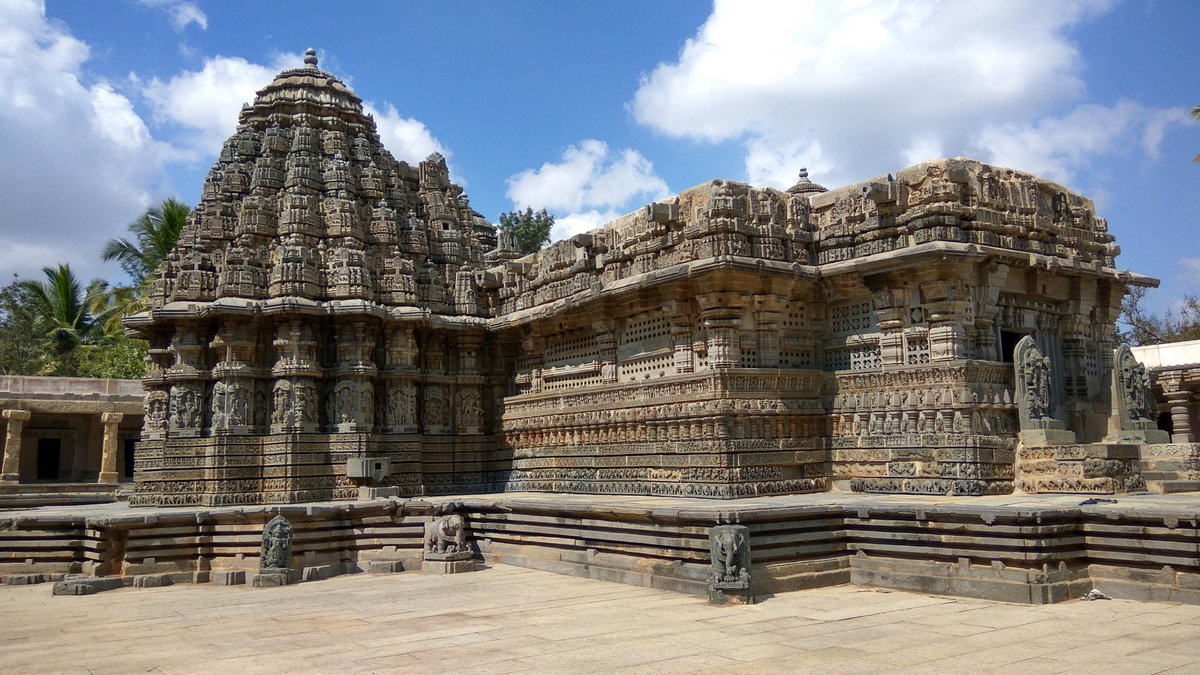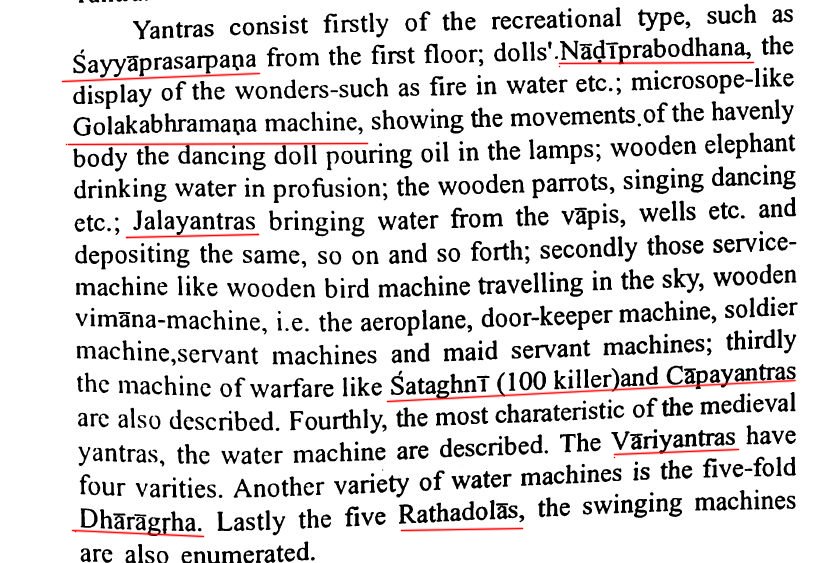Short THREAD on Medical education in ancient Bharat.
Important points:
1) Candidates from all 4 Varnas were eligible to enroll as medical students.
2) Special Upanayana ceremony was conducted for students seeking admission to medical courses.
(1)
Important points:
1) Candidates from all 4 Varnas were eligible to enroll as medical students.
2) Special Upanayana ceremony was conducted for students seeking admission to medical courses.
(1)

3) The student was expected to be proficient in Sanskrit.
4) Rote learning was discouraged. This is said by the great Sushruta himself.
5) Different medical specialization courses were offered.
6) Emphasis was laid on practical training in surgery & pharmacy.
(2)
4) Rote learning was discouraged. This is said by the great Sushruta himself.
5) Different medical specialization courses were offered.
6) Emphasis was laid on practical training in surgery & pharmacy.
(2)

7) Beginner students were taught how to hold medical instruments by teachers. They practiced dissection procedures first on pumpkins, cucumbers followed by dead animals.
8) Students were also taught suturing techniques.
(3)
8) Students were also taught suturing techniques.
(3)

9) Emphasis was put on training the students in dissection. Advanced students practiced it on dead bodies.
10) Students were required to have a throughout knowledge of the human anatomy.
11) The quality of medical education imparted in Bharat was the highest for that era.
(4)
10) Students were required to have a throughout knowledge of the human anatomy.
11) The quality of medical education imparted in Bharat was the highest for that era.
(4)

12) Large medical colleges (Arogyavihara) existed in cities like Pataliputra where some of the students received training in advanced medical techniques
13) Hindu doctors were renowned for their proficiency. Arabs invited Hindu doctors to arab peninsula to teach & supervise
(5)
13) Hindu doctors were renowned for their proficiency. Arabs invited Hindu doctors to arab peninsula to teach & supervise
(5)

14) The following is an extract from the Charakasamhitha Vimanasthana. It was an oath initiated to students on completion of their course.
Some of the points mentioned here:
A) Everyday you should continuously & wholeheartedly try to promote the health of your patients.
(6)
Some of the points mentioned here:
A) Everyday you should continuously & wholeheartedly try to promote the health of your patients.
(6)

B) Even if your own life is in danger you should not desert your patients.
C) Your speech should be smooth, polished, truthful & to the point.
D) You must treat as strictly confidential all information about the patient & their family.
(7)
C) Your speech should be smooth, polished, truthful & to the point.
D) You must treat as strictly confidential all information about the patient & their family.
(7)
E) You should make a deliberate endeavor to increase the stock of your knowledge & instruments.
F) Where there is a danger of the patient or any of his relatives receiving a shock, you should not divulge the impending death of the patient, even when you are aware of it.
(8)
F) Where there is a danger of the patient or any of his relatives receiving a shock, you should not divulge the impending death of the patient, even when you are aware of it.
(8)
G) Though well grounded in your line, you much not praise your knowledge much. One can never get a mastery of the entire medical science.
H) A wise physician should listen to & derive benefit from the discoveries & observations of even an enemy.
(9)
H) A wise physician should listen to & derive benefit from the discoveries & observations of even an enemy.
(9)
Ancient Hindu doctors were regarded as among the best in the world. They were experts in performing various advanced medical procedures including cataract surgery.
Hindu doctors trained & imparted medical knowledge to lesser evolved societies like the arabs.
(10)
Hindu doctors trained & imparted medical knowledge to lesser evolved societies like the arabs.
(10)

Source: Education in Ancient India by AS Altekar.
/end
/end
• • •
Missing some Tweet in this thread? You can try to
force a refresh






























